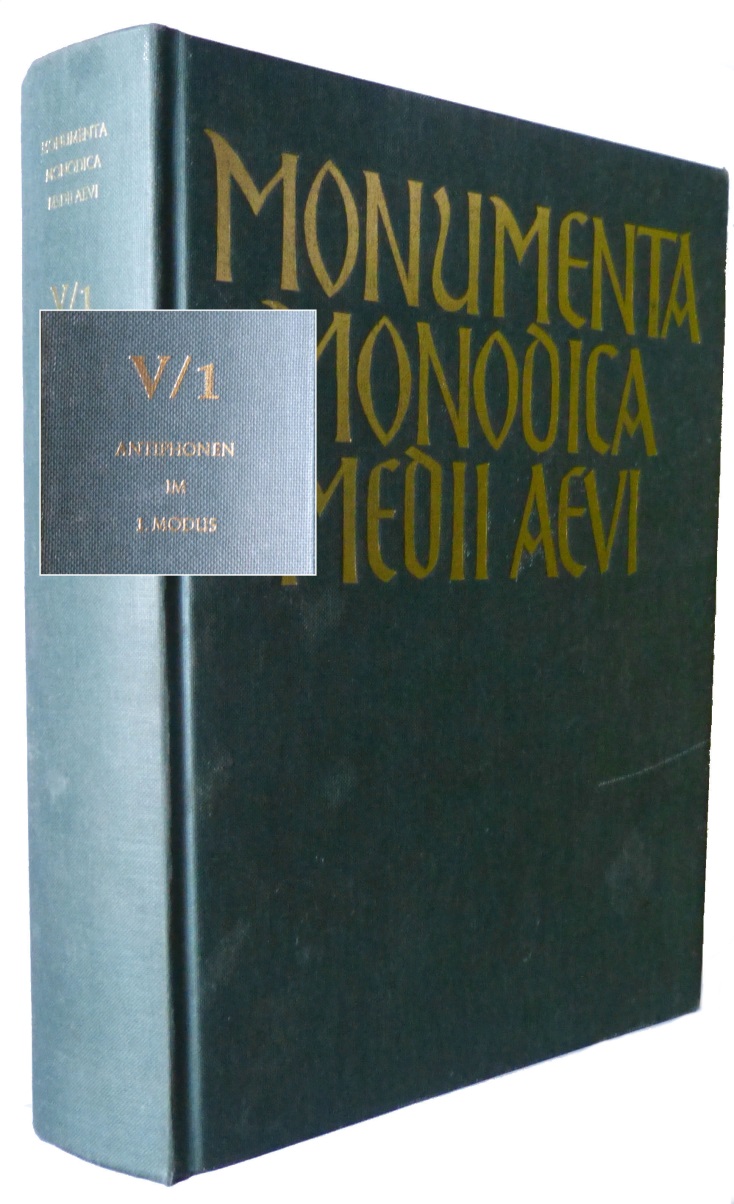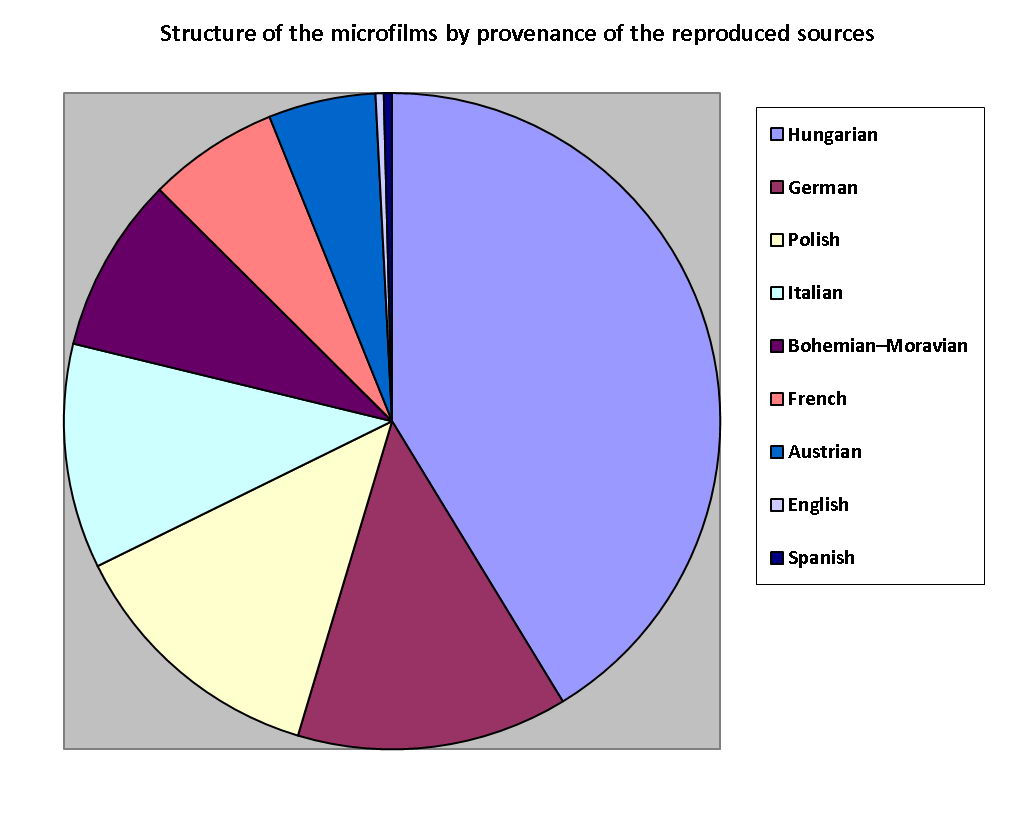Responsory collection
- The work began in the 1970s.
- The first stage was to prepare synoptic transcription sheets of responsoria prolixa of some Hungarian and some foreign sources, as a research aid that could be expanded later.
- The work continued in 1999, making the material complete by transcribing further sources and missing chants, and continuing to organize them musically and catalogue them digitally. Here as with the antiphons there arose the idea of a complete edition on typological principles.
- Later the use of computers made the paper aids superfluous; the registration of the collection, transcription of the chants, and preparation of them for publication could all be done digitally.
- The outcome was a full edition of the whole, musically organized responsory repertory, which appeared in 2013.

László Dobszay–Janka Szendrei (eds.),
Responsories I–II. (Budapest: Balassi Kiadó, 2013).
Antiphon collection
- The initial aims were to transcribe all the plainchant melodies of Hungaryian sources systematically into modern notation and prepare them for publication, genre by genre.
- The project began in 1970.
- The collection of the antiphonal genre, intended to be complete, moved over twenty years
- from “cataloguing” the sung material, standardizing it musically,
- identifying the musical variants,
- through storing it on computer and presenting it as a graphic score
- to producing a “complete edition”.

The first printed edition of the collection of chants
was the work of Benjamin Rajeczky:
Melodiarium Hungariae Medii Aevi, I,
Hymni et Sequentiae
(Budapest: Zeneműkiadó, 1956)
The antiphon volume of the long-standing series
specializing in the early liturgical monody of Europe:
Monumenta Monodica Medii Aevi V.
Medieval collection of chants
One vital condition for plainchant research that began in the 1960s and 1970s was to prepare the source material. This meant obtaining microfilm copies, or transcribing those in original medieval neumatic notation into modern musical writing to ease research. Systematic transcription was done genre by genre partly for publication reasons (Melodiarium Hungariae Medii Aevi I; Antiphons, Responsories), and partly to allow the sources to be appreciated as a whole.
Digital collection of sources
- This dates back to 1997, when the Department had its first opportunity to apply digital technology to studying sources.
- In the years that followed, a facility suitable for digitizing the microfilm collection was established within the Institute of Musicology and methods of digitizing and archiving were devised. Progress has been even since about 2000, with about 40 sources a year undergoing digitization. The work has meant that about 70 per cent of the microfilm collection of 900 items has been digitized.
- The archive consists of digital copies of the sources, which are documented in detail, stored on CD and linked to an electronic register.
- The entire collection is available to researchers at any time through the Institute’s internal network. This eases significantly the tasks of comparative examination.
- The catalogue of digital sources has been available on the Internet since 2001 at http://earlymusic.zti.hu/cd-catalogue/cd-catalogue.html
Microfilm Collection
- This was established in 1966..
- The aims are to gather the source materials for Hungarian Gregorian chant and obtain foreign sources required for comparative research.
- Systematic expansion has increased its content to about 900 items. eign sources required for comparative research.
- These divide into some 350 items of Hungarian and some 550 of foreign origin. s required for comparative research.
- It is unique in covering the entirety of the sources for early music history of Hungary, and for certain regions amounting to a collection of international importance for medieval music research.
The Collection can be considered complete for the liturgical sources on Hungary, while the comparative foreign material adequately represents the regional or institutional traditions that can be linked to the Hungarian tradition. The German, Polish, Bohemian/ and Italian materials are notably significant.










